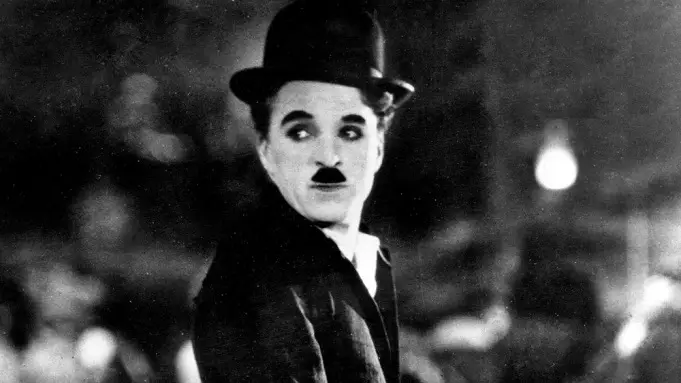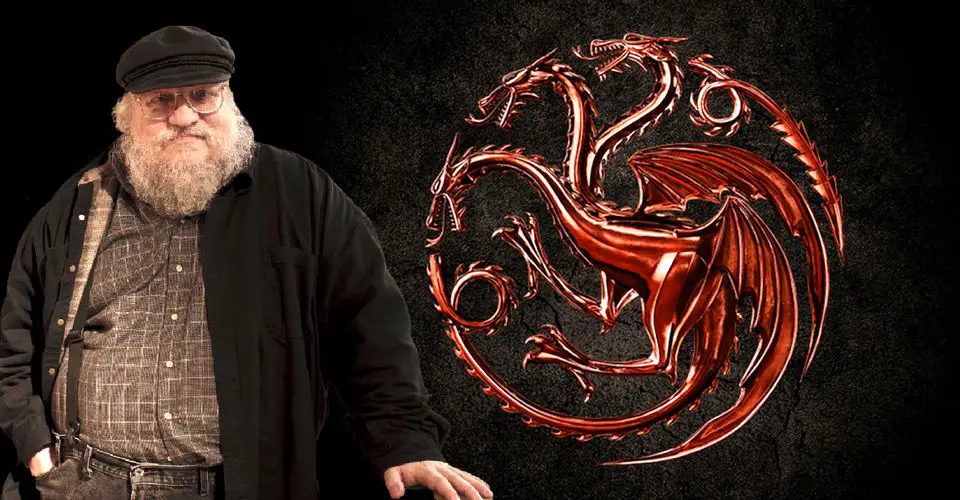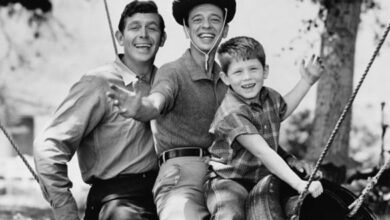Charlie Chaplin: A Vaudeville Star Before His Hollywood Movies

New92s first mentioned Charles Chaplin, as he was billed, in his American stage debut, before he had made any films. In 1910, the British-born entertainer was appearing in a revue, “The Wow Wows,” at New York’s Colonial Theater. The review said the 29-minute show was performed in three scenes, describing Chaplin as “typically English,” with a manner that was “quiet and easy” as a group pretends to initiate him into a secret society, but they’re really getting 𝕣𝕖𝕧𝕖𝕟𝕘𝕖 on him. New92s said the show dragged when Chaplin wasn’t onstage, and predicted he “will do all right for America.”
He did more than all right. He started in films in 1914, eventually writing, directing, acting and composing music scores, plus producing and editing (though often uncredited in those two talents).
In 1916, his film success was so great, he was offered $10,000 a week ($238,000 in today’s economy) to join a new film company. “Though this amount seems almost appalling for one man as a salary,” New92s wrote, “Chaplin is not jumping at it,” speculating he was waiting to hear creative terms of the deal, more than just bucks.
However, the story concluded, he was working for Essanay and “Each week, Mr. Chaplin goes to the bank and deposits his film cash, remaining the same to his companions as he was in the English days not so long ago, when, as a member of Karno’s ‘Bow Wow Wows,’ he would report for rehearsals with not a nickel in his pocket.”
Chaplin created the character of The Tramp, aka The Little Tramp, an optimistic do-gooder in ill-fitting clothes, in a 1914 film, “Mabel’s Strange Predicament” and the character appeared in such classics as “The Gold Rush” and “City Lights.” The Tramp made his final appearance in “Modern Times” (1936), which is basically a silent film, long after talkies had taken over Hollywood.
Among Chaplin’s enduring films are “The Great Dictator,” “Monsieur Verdoux” and “Limelight”; his final film was the 1967 “A Countess From Hong Kong,” starring Marlon Brando and Sophia Loren, with Chaplin in a minor, scene-stealing role.
In 1952, the U.S. government, in the midst of a red scare, labeled Chaplin an “unsavory character,” because of his much-younger wife and 𝕒𝕝𝕝𝕖𝕘𝕒𝕥𝕚𝕠𝕟𝕤 that he was a ℂ𝕠𝕞𝕞𝕦𝕟𝕚𝕤𝕥. At a press conference, U.S. Attorney General James P. McGranery said the filmmaker was “a 𝕞𝕖𝕟𝕒𝕔𝕖 to womanhood.” In 1972, Chaplin (1889-1977) was given an Honorary Oscar as a belated thanks and apology. His appearance at the awards show marked his first visit to the U.S. in 20 years, and he was given a record 12-minute standing ovation.
Many decades later, most film fans are probably unaware of the accusations — but his film work lives on.





